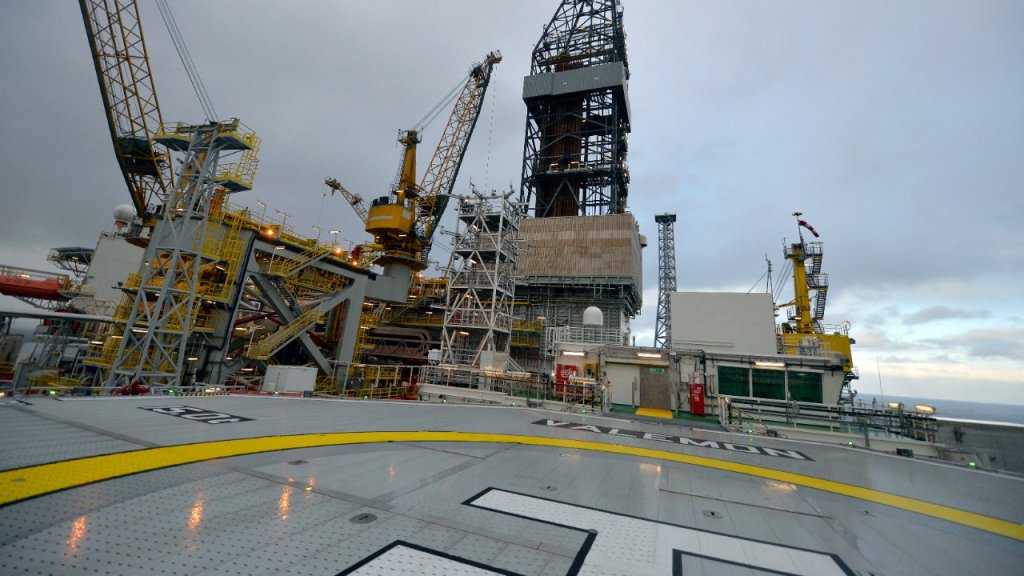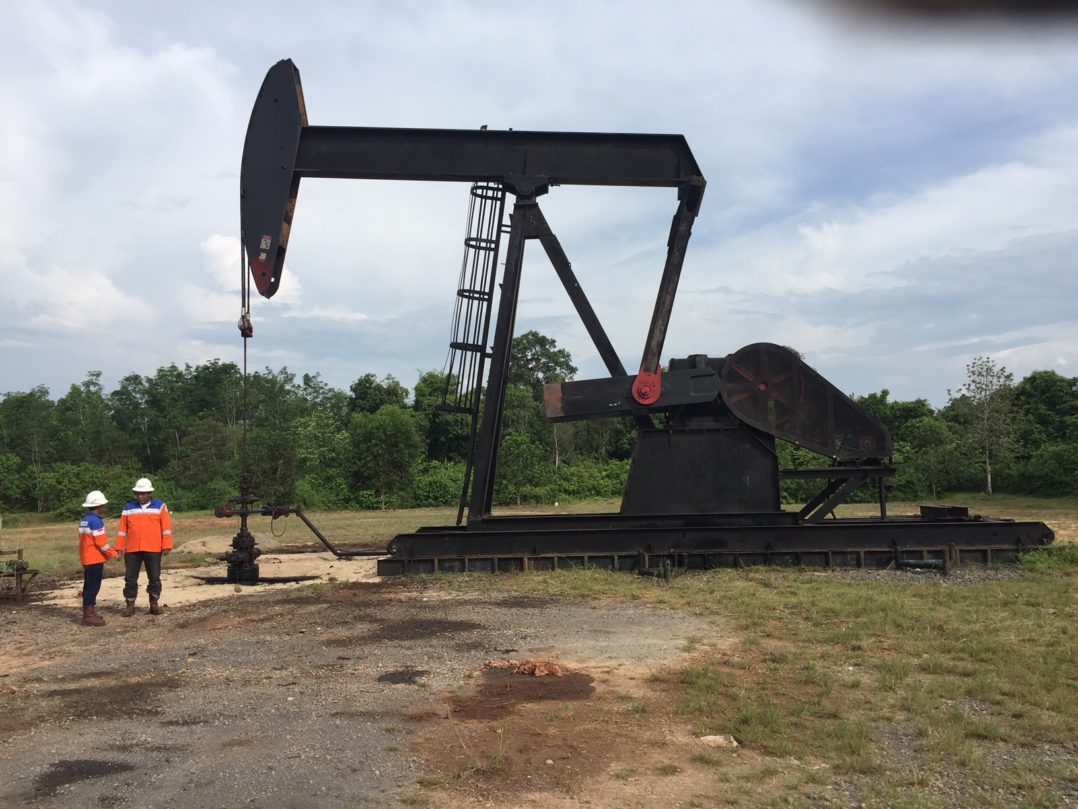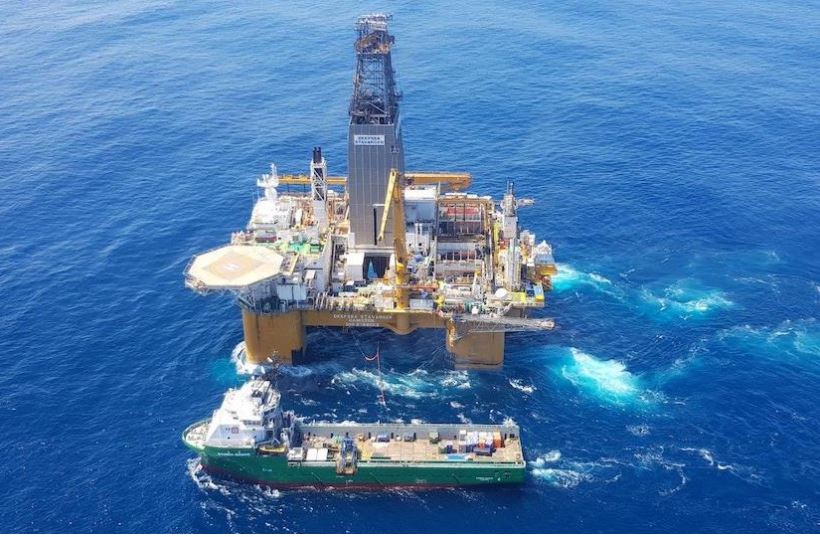Statoil Petroleum has made a gas discovery after drilling an exploration well at the Valemon field in the North Sea, two years after Valemon came on stream.
“This is an important discovery for the further development of Valemon,” Gunnar Nakken, Statoil’s senior vice president for the operations west cluster, which covers the company’s Bergen-operated fields, said.
“These new reserves can be put on stream immediately and will add considerable value. The discovery proves that there are still good opportunities in the North Sea, an area we know well, and its infrastructure is extensive,” says Nakken.
“We are very pleased to announce our second discovery in 2017. Discoveries like this one and Cape Vulture are valuable contributions to existing fields,” added Jez Averty, Statoil’s head of exploration in Norway and the UK.
The well, 34/11-6 S, was drilled from the Valemon platform in production licence 193D 160km northwest of Bergen and it called Valemon West.
The Norwegian Petroleum Directorate (NPD), said the objective of the well was to prove a petroleum system in the Middle Jurassic (the Brent group).
The well was drilled to a vertical depth of 4337 meters in water depths of 133m by the West Elara drilling rig, which is permanently stationed at the Valemon platform. It was terminated in the Drake formation in the Lower to Middle Jurassic. Water depth at the site is 133 meters.
The well encountered two gas columns of 80m and 35m respectively in the Tabert and Ness formations. The Tabert formation has about 50m of sandstone with moderate to good reservoir quality, while the Ness formation has 10m of sandstone with poor reservoir quality.
The NDP said preliminary estimates for the well were 3-8 million standard cubic metres of recoverable oil equivalents. The well will be completed and production will begin.
Statoil strikes gas near Valemon field.
Posted by Dale | 06/02/2017





